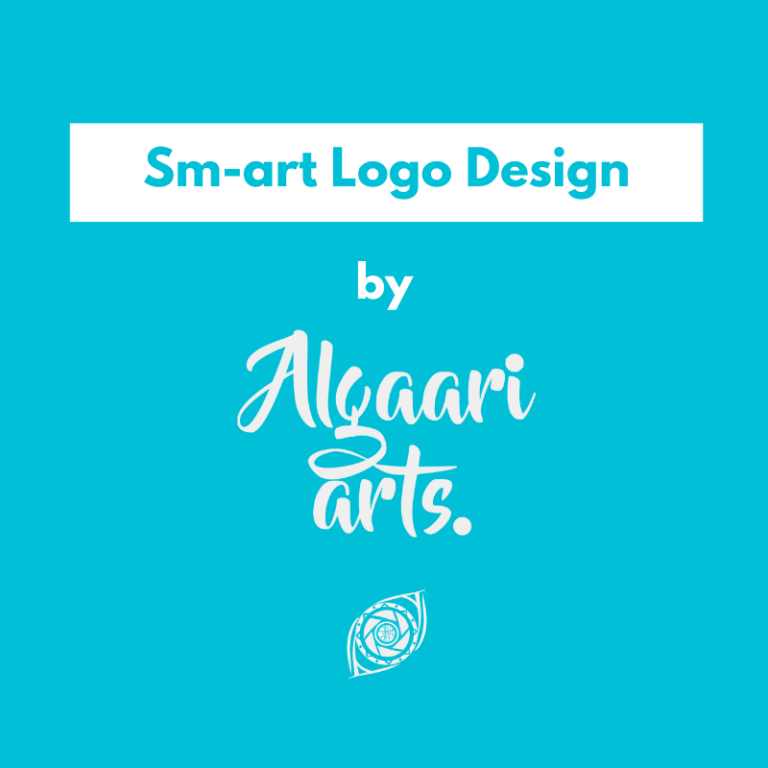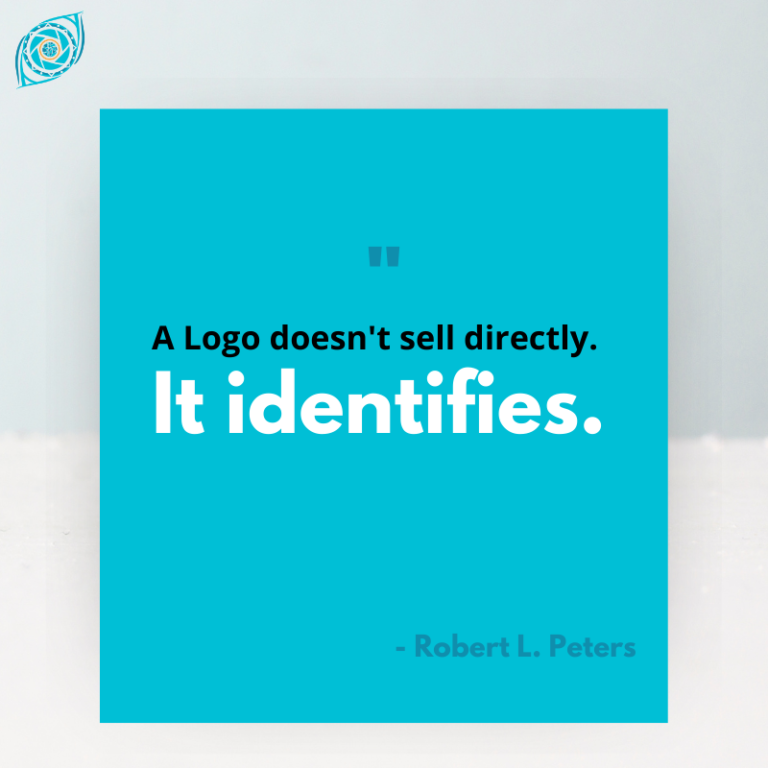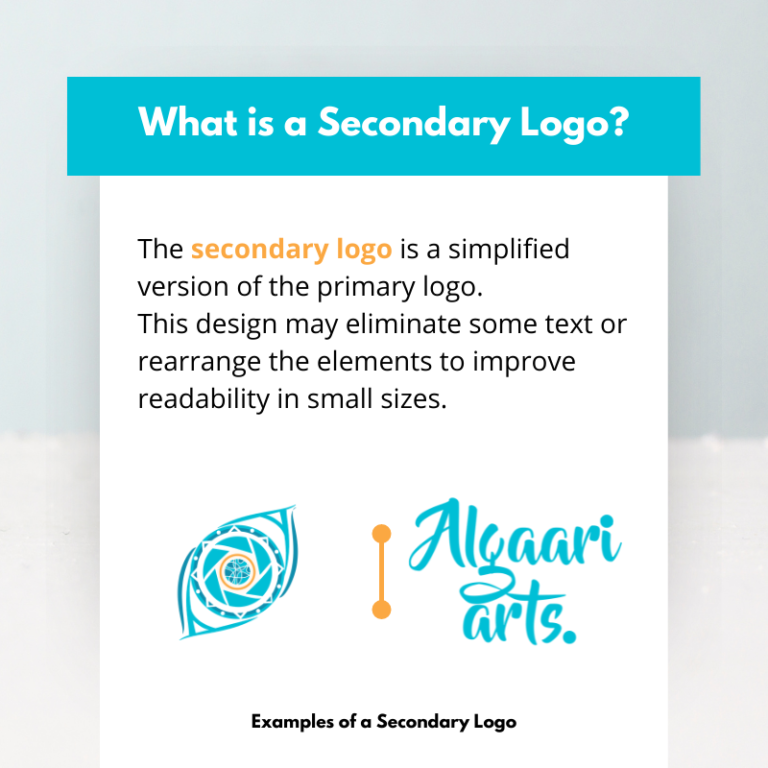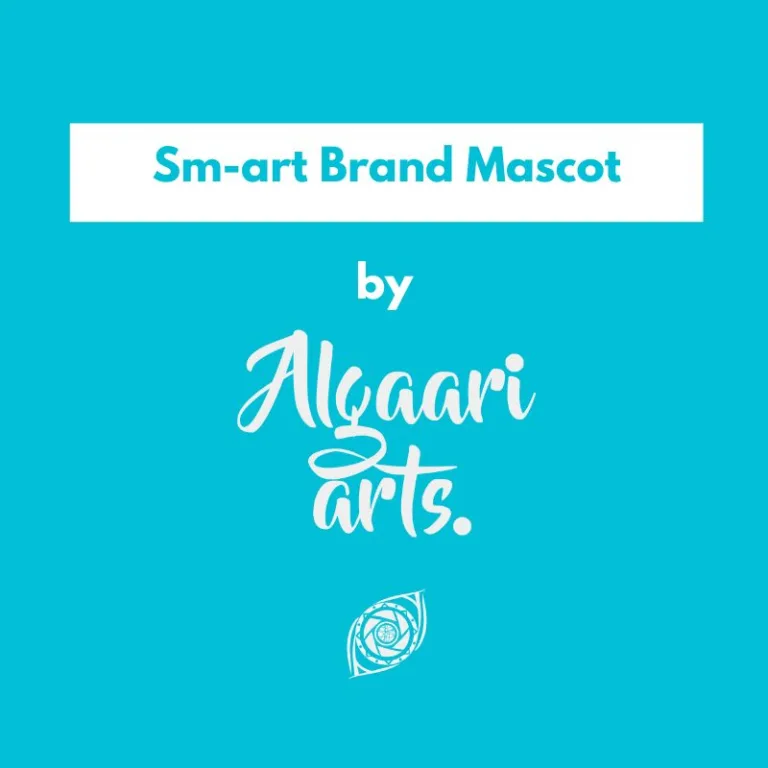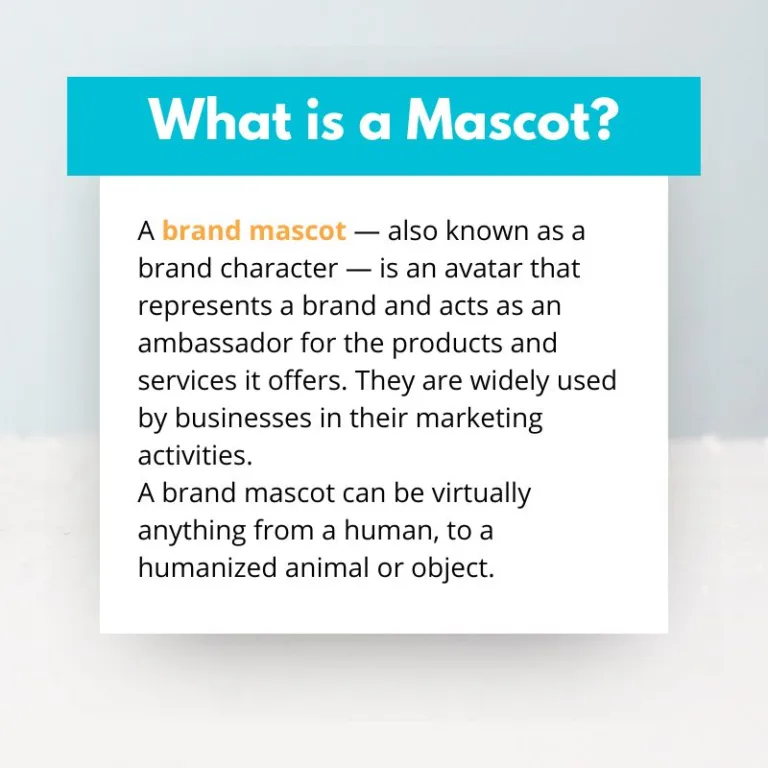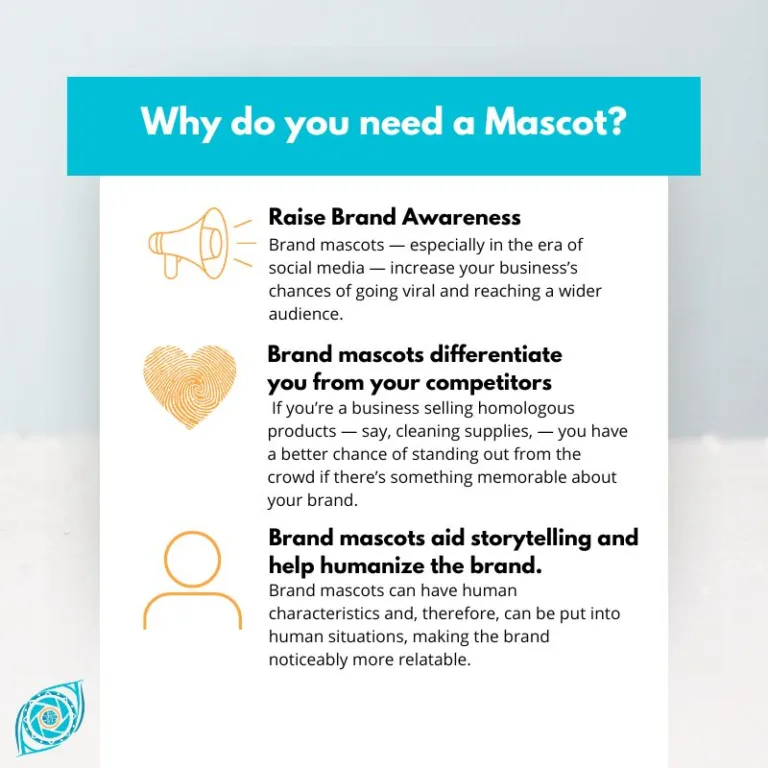Brand Design
Algaari Samsara | For Start Ups, SMEs and NGOs
Build your Business with Unique, Creative, and Innovative Brand Design
Algaari Samsara presents out-of-the-box Branding Solutions with unique kits: For Start-Ups, SMEs (1 to 50 employees), and NGOs.
"Branding is the process of connecting good strategy with good creativity."
- Marty Neumeier
Your brand doesn’t just need a logo!
It needs a brand style guide with exhaustive guidelines about color palettes, tone of voice, typeface, and visual elements. It needs a website and social media presence. It needs visiting cards, brochures, and product packaging.
And that’s not even the beginning.
Building a brand is about weaving a story, using design.
It requires market research and development, target audience profiling, campaign, and strategy to succeed.
We help you with all of this!
We help you design your logo with all its variable elements!
We help you design your brand style guide and deliver a media-kit so that your brand develops consistent marketing and high recall value.
Your Brand Design will primarily need the following Essentials to begin with:
- Logo Design
- Brand Style Guide and Media Kit
- Mascot (if required)
Logo Design
A logo is a combination of text and visual imagery that serves two purposes. It tells people the name of the company and it creates a visual symbol that represents your business. Some logos have powerful symbolic associations connected to people’s memory.
Some logos have powerful symbolic association connected to people’s memory.
Whether it’s a Brand New Company, or you’d like to rebrand your old Logo, we’ve got you covered.
We design Logo with variations for different applications:
- Primary Logo
The primary logo is the main identifying mark for your business. Think of your primary logo as the trunk of the tree with the other logotypes/variations being the branches. This logotype is used the most and is often utilized on the header of a website, on-brand collateral, etc. - Secondary Logo
The secondary logo is a simplified version of the primary logo. This design may eliminate some text or rearrange the elements to improve readability in small sizes. Secondary logos are intended for online use, stenciling for packaging applications. - Submark
A submark is a variation of a logo, used in situations when the main logo is not the best fit. It is visually similar enough to be associated with your main logo, but more simple in design with somewhat proportionate dimensions making it easier to use on things like social media, stamps, website favicons, and any other small applications your specific industry might require.
Your company logo is the representation of your entire company culture i.e. products, customer service and values.
High Recall Value
Fosters Brand Loyalty
Foundation To Brand Identity
Brand Style Guide and Media Kit
Your brand is a gateway to your true work.
You know you are here to do something – to create something or help others in some way. The question is, how can you set up your life and work so that you can do it?
The answer lies in your brand.
A brand style guide (also known as a brand book or brand guide) acts as a key document that helps content creators communicate a consistent message to their audience, so it’s a great asset for creating consistent, on-brand content.
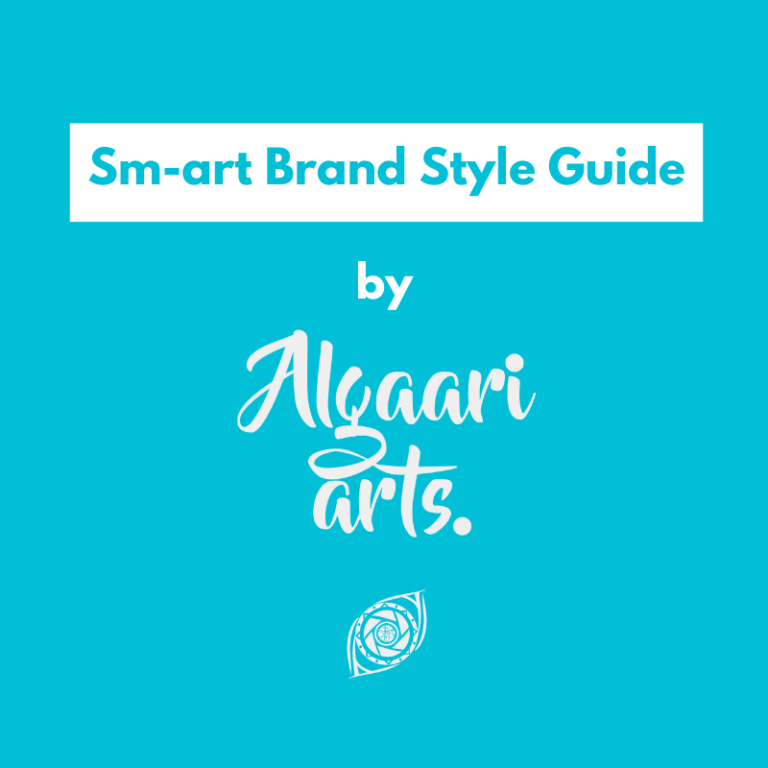


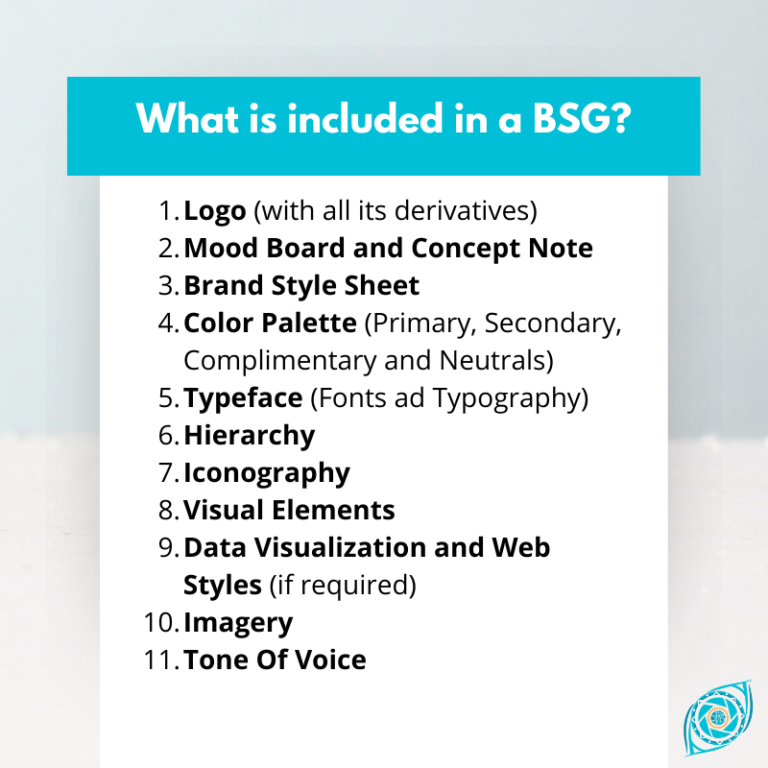

A Brand Style Guide includes:
- Mood Board and Concept Note
A Mood Board is a type of visual presentation or ‘collage’ consisting of images, text, and samples of objects in a composition. It is a part of the process of designing your brand image. It involves the steps of putting all your reference points, imagery, samples, and the overall vibe of your organization: in one visually-appealing place. A Concept Note is a brief description of the Logo Design Ideation with regard to your Brand Identity.
- Brand Style Sheet
A Brand Style Sheet is essentially a cheat sheet that sums up for Brand Style Guide, for quick reference.
- Color Palette
A brand color palette is a crucial part of building a successful company identity. The shades you use to represent your company in its logo, website design and more will help to underpin the defining elements of your business and make you more recognizable to your followers and customers.
- Typeface
A typeface is the overall design of lettering; the design can include variations, such as extra bold, bold, regular, light, italic, condensed, extended, etc. Your design and content team needs to maintain a consistent design language inclusive of the typography used.
- Tone of Voice
The Tone of Voice is how the character of your business comes through in your words, both written and spoken. It’s not about what you say, but rather the way you say it, and the impression it makes on everyone in your audience who reads or hears you.
- Imagery
Brand imagery is the aesthetic appearance of your brand’s core messaging. Just about anything that you can see, touch, taste, smell, or hear is that brand’s imagery.
- Visual Elements
The Visual Elements are Line, Shape, Tone, Color, Pattern, Texture, and Form.
They are the building blocks of composition in art.
They focus on: Hierarchy, Balance, Scale, Style, Proportion, Patterns and Textures, Contrast in Elements – Space, Position, Form, Direction, Structure, Size, Color, Density, Gravity.
- Data Visualization and Web Styles
Data visualization is the graphical representation of information and data. By using visual elements like charts, graphs, and maps, data visualization tools provide an accessible way to see and understand trends, outliers, and patterns in data. Web styles are a collection of pre-designed elements, graphics, and rules designers or developers should follow to ensure that the website/app language is consistent and will create a cohesive experience at the end. It includes:
- Design rules,
- Iconography
- Buttons,
- Spacing,
- Do’s and Dont’s, etc.
A Media Kit contains all necessary files and versions for your complete branding requirements.
Consistent Advertising
Effortless Marketing
Impact on the Audience
Mascot
Mascots have proven effective in specific sectors—think of Fido from 7Up or Ronald McDonald. Personifying your Brand enhances memory retention and embodies your product’s experience for your customers, thereby boosting sales.
A brand mascot — also known as a brand character — is an avatar that represents a brand and acts as an ambassador for the products and services it offers. They are widely used by businesses in their marketing activities.
A brand mascot can be virtually anything from a human, to a humanized animal or object.
Raise Brand Awareness
Brand mascots differentiate you from your competitors
Brand mascots aid storytelling and help humanize the brand.
Creative Ideas and Effective Strategies will Build your Brand to become a Brilliant Business.
01
Pre-Production
To create a consistent brand design for any company or organization, we conduct market research, SWOT analyses, competitor analysis, intensive brainstorming and design sessions to identify the nature of the industry.
Based on our market research, we create a concept map and mood board for vision alignment.
02
Production
We Strategize, Design, Create and Execute with a steady feedback mechanism.
Our education, experience, and expertise in marketing enable us to leverage top strategies and best practices for optimal results.
03
Post Production
The completion and delivery of all files and tasks will not only enhance the experience for your customers and investors, it will also elevate your stature as a business.
Making your business grow exponentially.
Why Hire Us?
Time Efficient
We are a company of Integrity and Punctuality. We pride ourselves on our understanding of the value of time and we take deadlines very seriously.
Curated Kits
Our products and services are a result of thorough market research, through the experience of working in the industry for over a decade, we are able to design special requirement-based and Sector-based kits. Our experience has made us highly agile and flexible to ever-changing global needs. We only recommend and make what works. We will let you know what won’t.
Beyond The Box Creativity
Our Solutions our Beyond Out-of-Box; because for us the box does not exist, never has, and never will. Our research and brainstorming ability is our core strength, we know what has been done and we are not the masters of that, we pride ourselves as trendsetters and trailblazers, and we lead for the world to follow.
Well-Defined Methodology
There’s a method to our madness. We handpick our projects. We give personal attention to each and every project and have created a frequent feedback mechanism to deliver work that satisfies your requirements.

